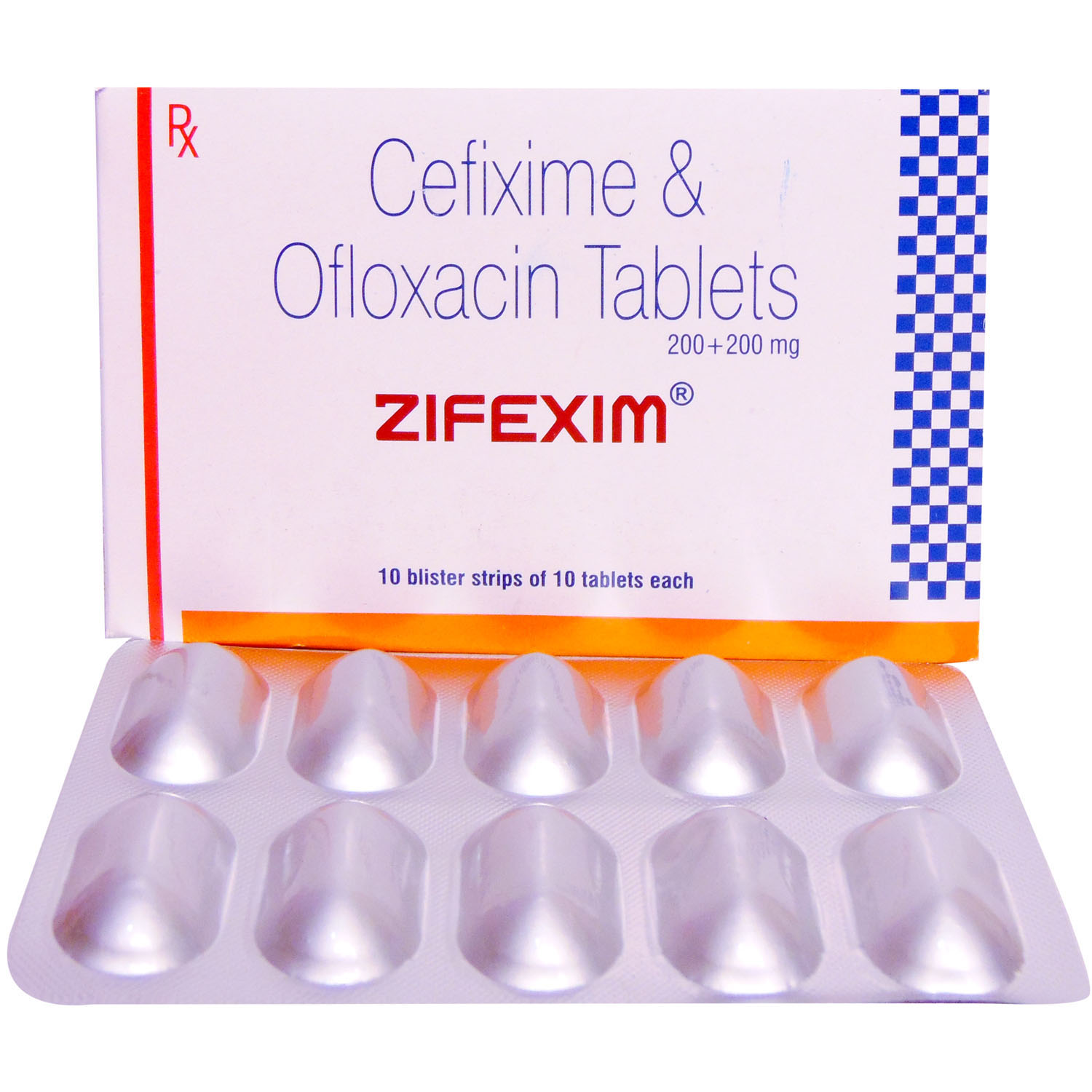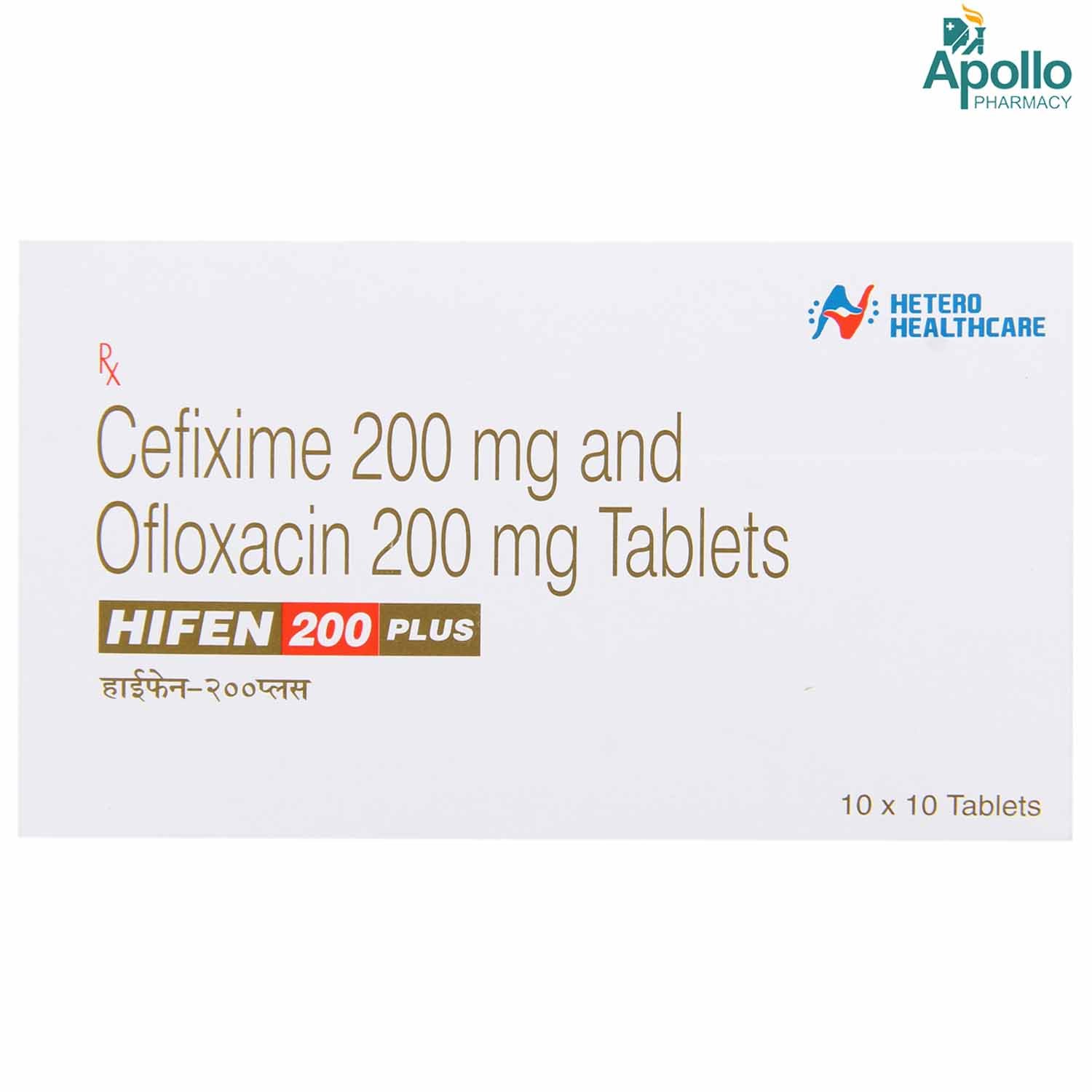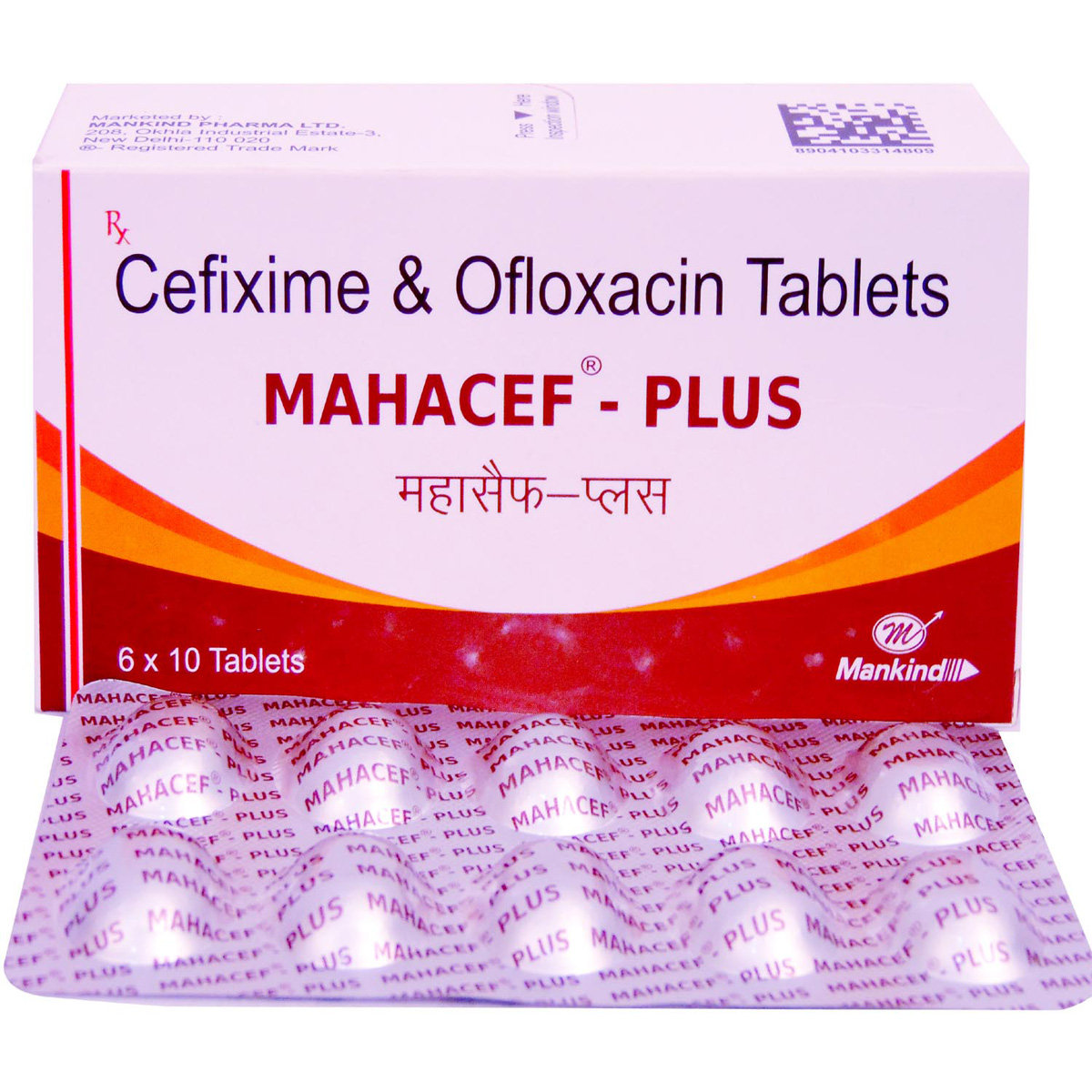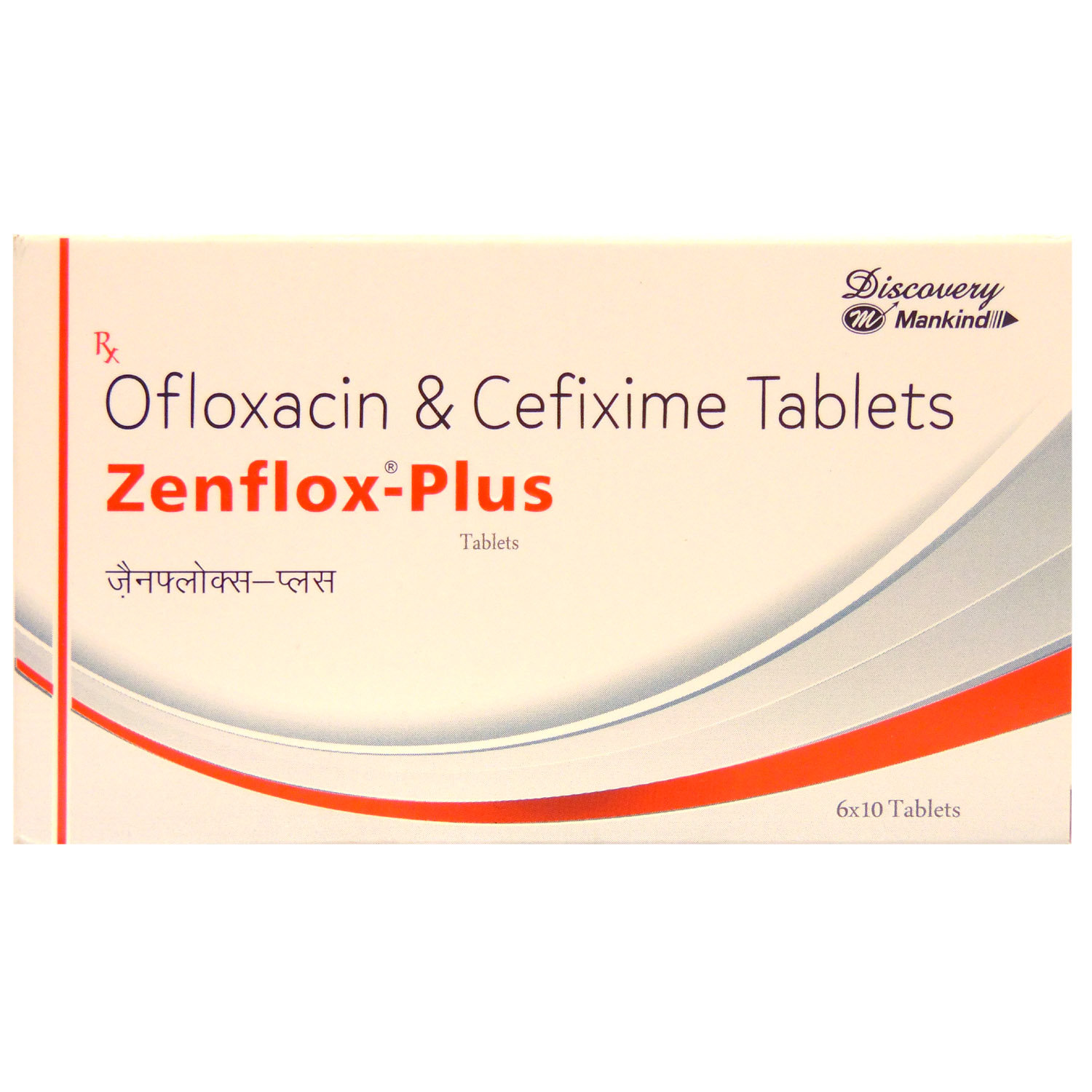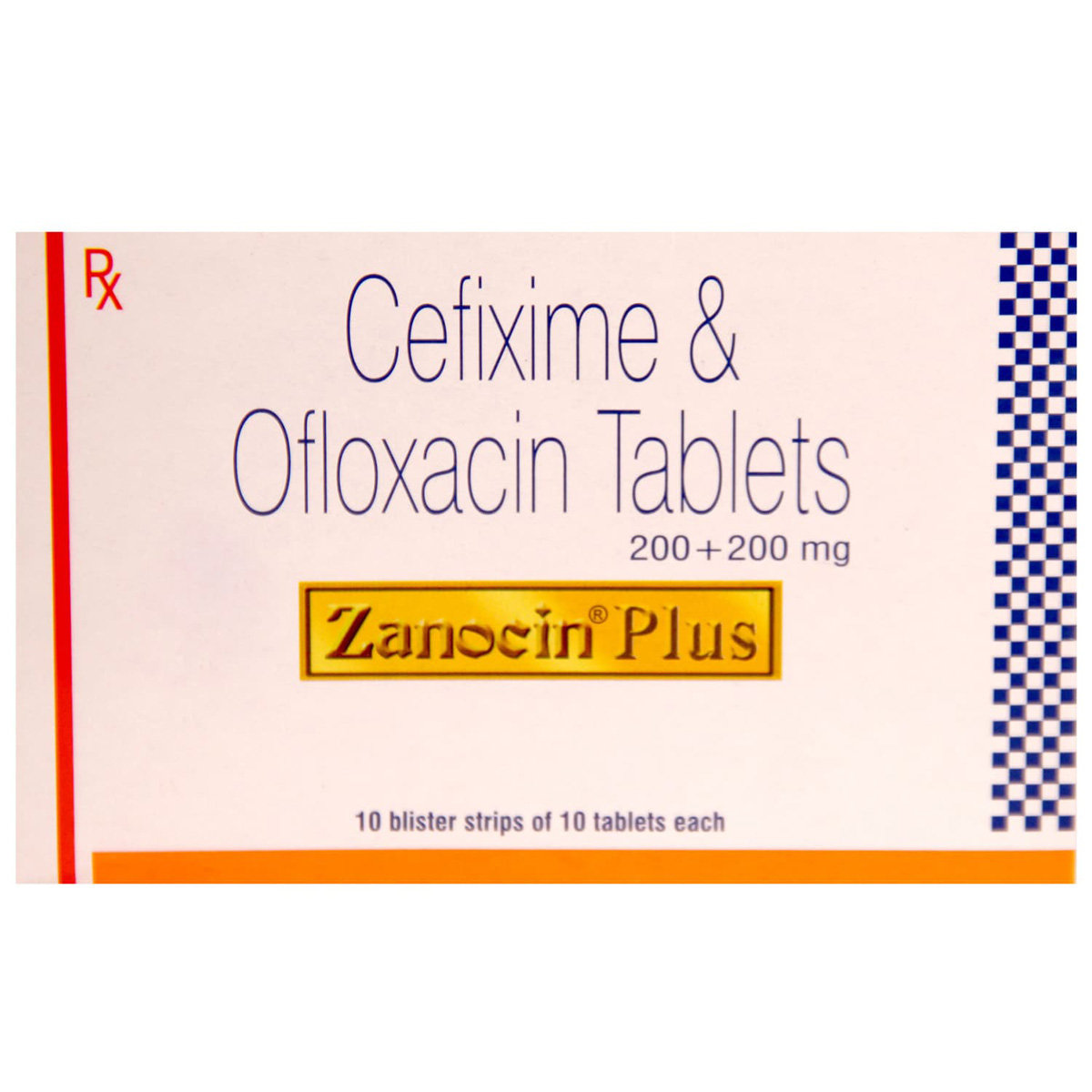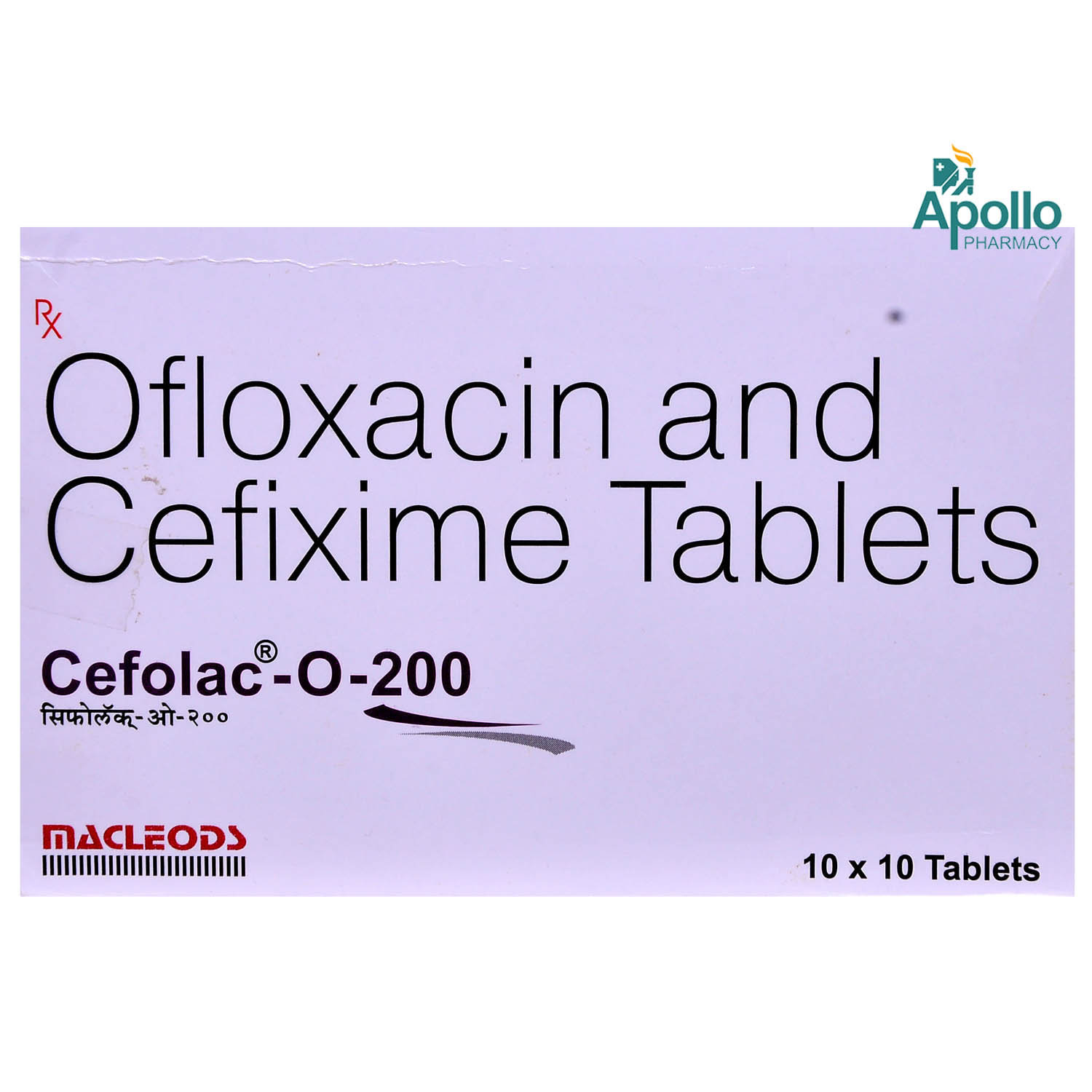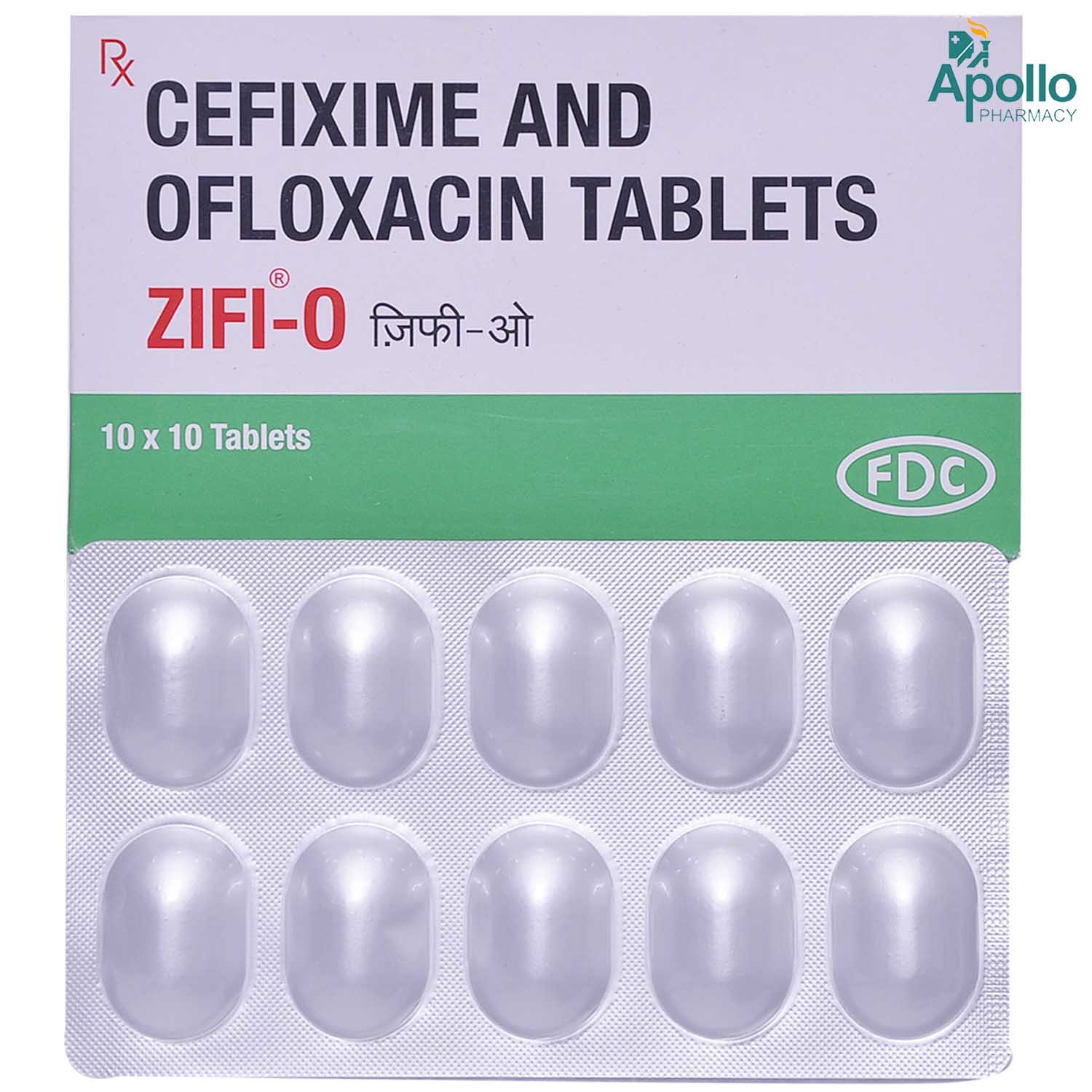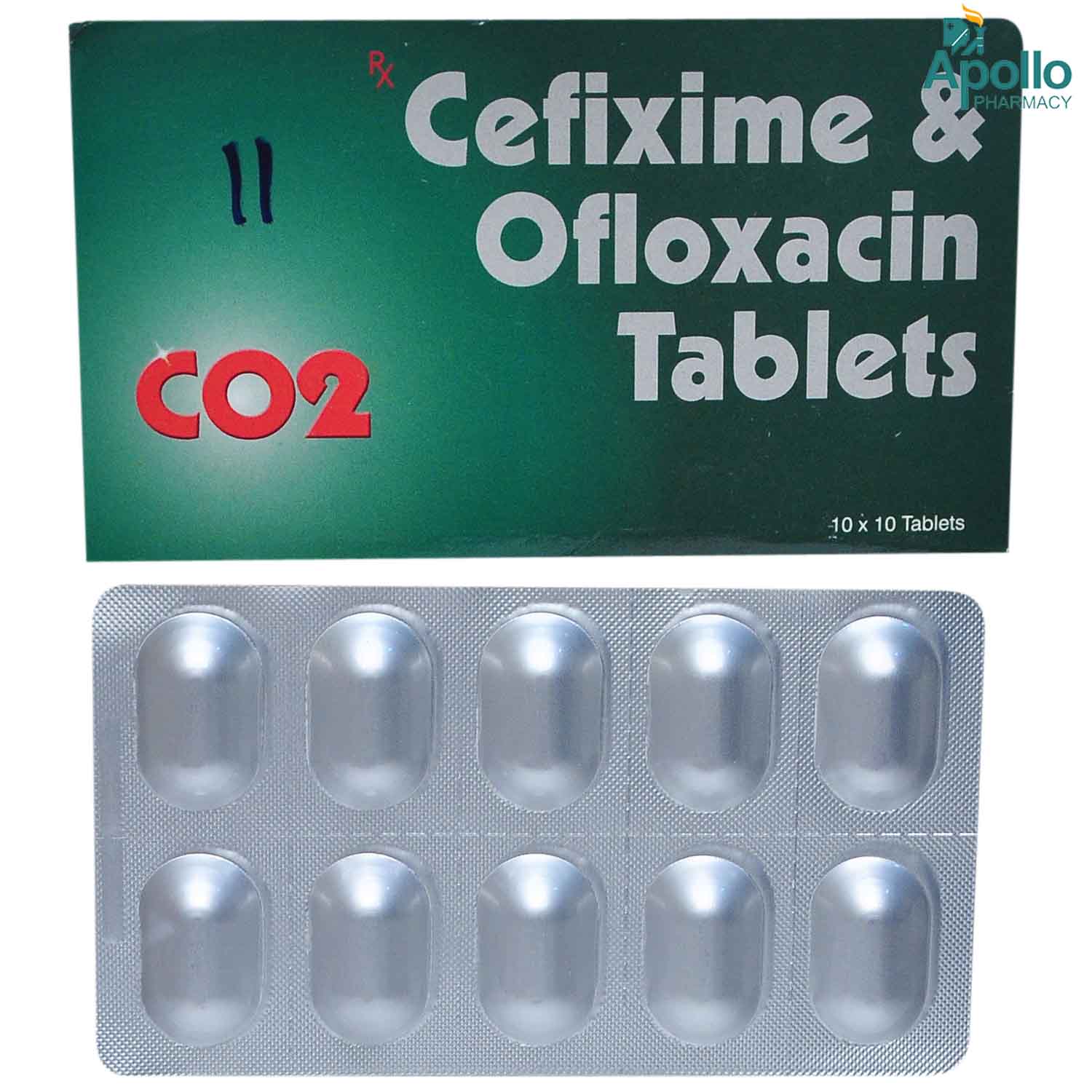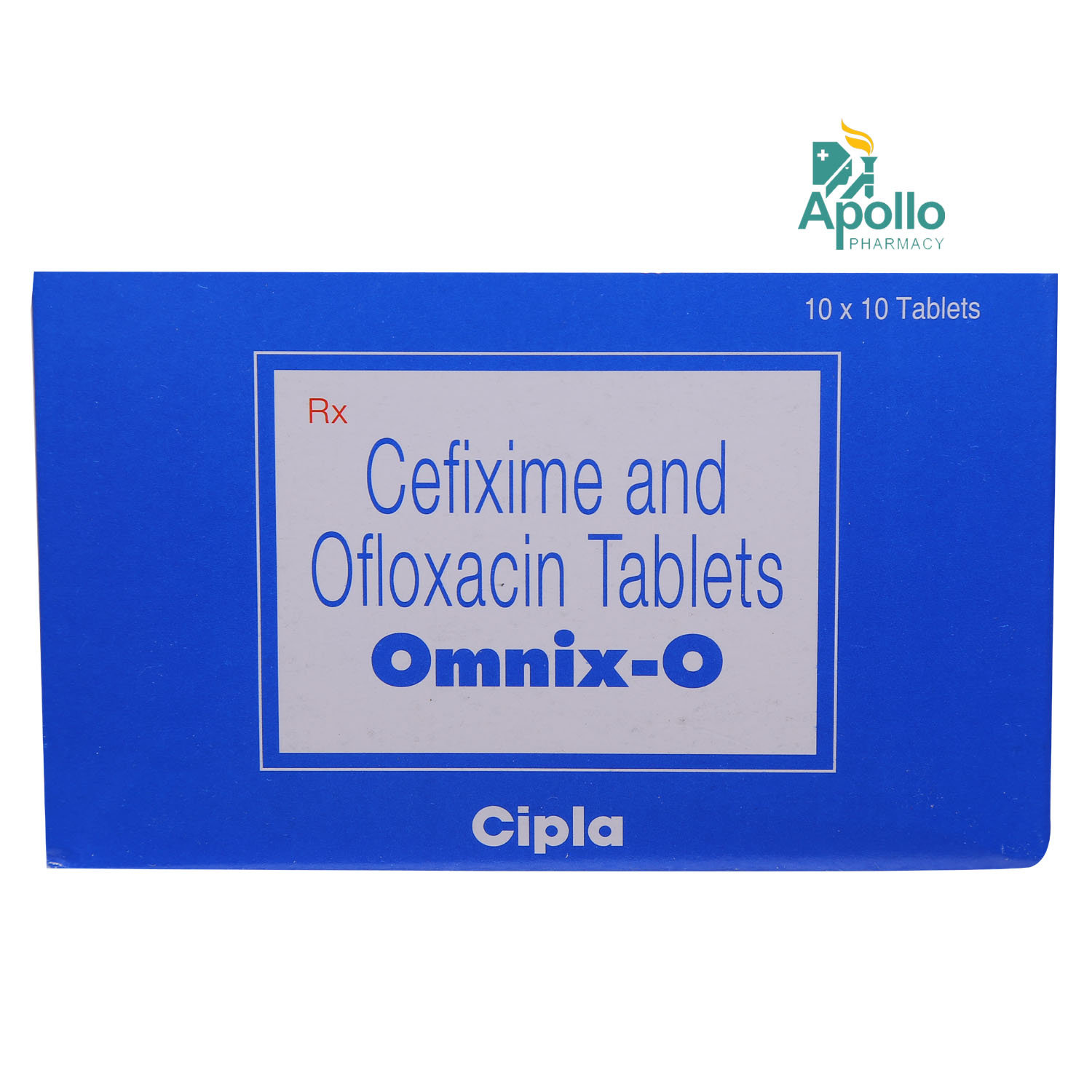- Home
- Gfix-O Tablet
Gfix-O Tablet Substitute
Gfix-O Tablet Substitute
Medicine Composition:
CEFIXIME-200MG+OFLOXACIN-200MGAll Substitutes & Brand Comparisons
RX
Not for online saleZIFEXIM TABLET
₹109
(₹9.81 per unit)
35% CHEAPERRX
Not for online saleHifen Plus 200 mg Tablet 10's
Hetero Drugs Ltd
₹125.5
(₹11.3 per unit)
25% CHEAPERRX
Not for online saleMahacef-Plus Tablet 10's
Mankind Pharma Pvt Ltd
₹164.5
(₹14.81 per unit)
2% CHEAPERRX
Not for online saleZenflox-Plus Tablet 10's
Mankind Pharma Pvt Ltd
₹168.5
(₹15.17 per unit)
RX
Not for online saleMilixim-O Tablet 10's
Glenmark Pharmaceuticals Ltd
₹172.5
(₹15.53 per unit)
2% COSTLIERRX
Not for online saleZanocin Plus Tablet 10's
Sun Pharmaceutical Industries Ltd
₹173.5
(₹15.62 per unit)
2% COSTLIERRX
Not for online saleCeftas O Tablet 10's
Intas Pharmaceuticals Ltd
₹187.5
(₹16.88 per unit)
10% COSTLIERRX
Not for online saleTaxim-OF Tablet 10's
Alkem Laboratories Ltd
₹197.5
(₹17.78 per unit)
16% COSTLIERRX
Not for online saleCefolac O 200 Tablet 10's
Macleods Pharmaceuticals Ltd
₹198
(₹17.82 per unit)
17% COSTLIERRX
Not for online saleZifi-O Tablet 10's
FDC Ltd
₹208
(₹18.72 per unit)
23% COSTLIERRX
Not for online saleGramocef OF Tablet 10's
Micro Labs Ltd
₹213.5
(₹18.78 per unit)
23% COSTLIERRX
Not for online saleCO2 Tablet 10's
Medley Pharmaceuticals Ltd
₹209
(₹18.81 per unit)
23% COSTLIERRX
Not for online saleOmnix-O Tablet 10's
Cipla Ltd
₹219
(₹19.71 per unit)
29% COSTLIERRX
Not for online saleCefi O 200 Tablet 10's
Abbott India Ltd
₹242
(₹21.79 per unit)
43% COSTLIERRX
Not for online saleCefix O Tablet 10's
Cipla Ltd
₹274.5
(₹24.71 per unit)
62% COSTLIER

When Should You Consider Switching from Gfix-O Tablet?
Patients may explore substitutes in the following scenarios:
- High monthly cost of Gfix-O Tablet
- Non-availability in local pharmacies
- Generic recommendation by a doctor
- Side effects or better tolerability with alternatives
What to Know Before Switching
Before you switch from Gfix-O Tablet to another medicine, here are some important points to keep in mind:
Same salt, different brands:
Most substitutes contain the same active ingredient - CEFIXIME-200MG+OFLOXACIN-200MG, but the fillers, coating, or manufacturing quality may vary slightly.
Consult your doctor first:
Even if the salt is the same, your doctor can confirm if the substitute is right for your condition, dosage, and health history.
Watch out for allergies or reactions:
Some people may react differently to certain brands due to inactive ingredients. If you notice any side effects, inform your doctor immediately.
Price ≠ effectiveness:
A lower-priced substitute doesn't mean it's less effective. Many generic medicines work just as well as branded ones.
Check the dosage form and strength:
Always match the substitute’s strength (e.g., 5mg, 10mg) and form (tablet, capsule, syrup) with what your doctor prescribed.
Uses
Medicinal Benefits
Gfix-O Tablet is a combination of cephalosporin and fluoroquinolone antibiotics that works by killing the bacteria (bactericidal). Cefixime works by stopping the growth of bacteria by inhibiting the formation of a protective layer required by the bacteria or its growth. At the same time, Ofloxacin acts by blocking the action of a chemical messenger, which helps the genetic material of bacteria to survive. The doctor usually prescribes Gfix-O Tablet for the treatment of typhoid fever and urinary tract infections. Besides this, it also treats bacterial infections of the prostate, skin, lungs, sexually transmitted infections like gonorrhoea (cervical/urethral), ear infections (acute otitis media), upper respiratory tract infections (URTI), lower respiratory tract infection, tonsillitis (inflammation of the tonsils) and pharyngitis (inflammation of the pharynx).
FAQs
The substitutes of Gfix-O Tablet contain the same active salt(s) - CEFIXIME-200MG+OFLOXACIN-200MG. However, they may differ in price, manufacturing quality, and inactive ingredients. Speak to your doctor to find a suitable option.
Switching to a generic substitute medicine in the place of Gfix-O Tablet is often possible if it has the same salt, strength, and dosage form. But always check with your doctor before making any changes to your medication.
Generics versions of Gfix-O Tablet are typically more affordable because they don’t include the original brand's research, development, and marketing costs. They contain the same active ingredient and are approved for safety and effectiveness.
Most people don’t notice any difference. However, some may react to different fillers or coatings. If you notice any unusual symptoms after switching, consult your doctor.
Make sure the new medicine has the same active salt, strength, dosage form. Always confirm the change with your doctor or pharmacist.
Substitutes of Gfix-O Tablet meet the same safety and efficacy standards as Gfix-O Tablet, but small differences in absorption or formulation can exist. A doctor can help you choose the right one for your needs.
Yes. Substitutes of Gfix-O Tablet may vary in color, size, or shape due to differences in manufacturing and branding, but this does not affect how they work.
Yes, it’s generally safe to switch between multiple substitutes of Gfix-O Tablet if they have the same salt and strength. However, always inform your doctor so they can monitor how your body responds.
Yes, many people safely use substitutes of Gfix-O Tablet for long-term treatment. Just ensure it’s done under medical supervision.
If your symptoms stay under control or lab results remain stable, the substitute for Gfix-O Tablet is likely working well. Regular follow-ups with your doctor are important.
Absolutely. Even with the same salt, small differences can affect how your body responds when switching from Gfix-O Tablet to its substitute. Always consult your doctor before switching.
No, you should not double the dose if you forget to take Gfix-O Tablet, then take it as soon as you remember or skip it if it's time for the next dose.
Yes, some patients may experience diarrhoea, after taking this medicine so it is better to take this drug after a meal which reduces the risk of stomach discomfort. However, If you are noticing diarrhoea that is watery or bloody, then immediately ask your doctor. Do not try to take self-medication for diarrhoea without asking the doctor.
Yes, this medicine is prescribed for the treatment of urinary tract infection (UTI). Take Gfix-O Tablet only if the doctor has prescribed you this medicine.
You should avoid driving as this medicine may cause impaired vision or affect the thinking ability so avoid such a task that needs a clear vision.
You should avoid taking Gfix-O Tablet if you have peripheral neuropathy (nerve damage in legs), tendinitis (swelling or tearing of a tendon), myasthenia gravis (skeletal muscle weakness), respiratory issues like bronchitis, sinusitis, diabetes, central nervous system disorder, or epilepsy (fits).

